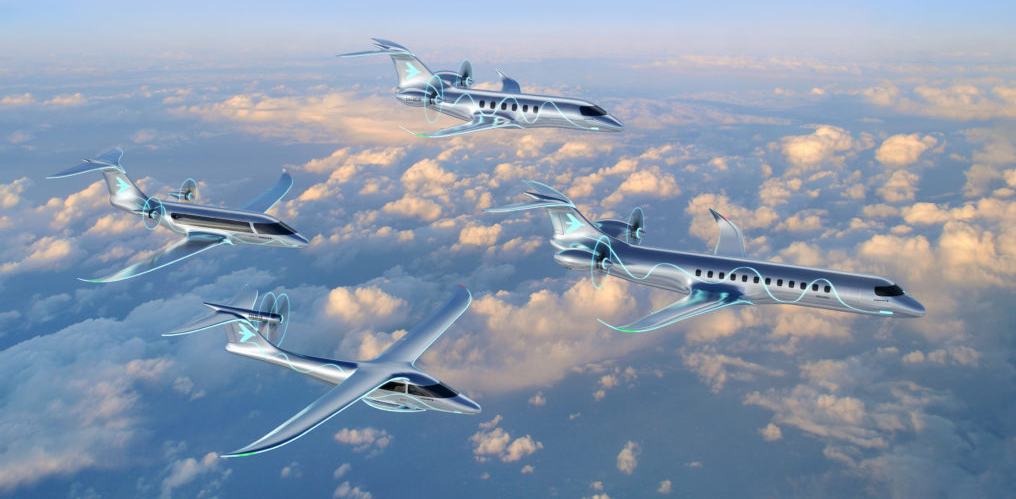Aerospace Aerospace news Airplane News Aviation news Avionics Brazil News Business News Communications News Consumer News e-commerce Economic News Economy News Electric Vehicle News Embraer News Environmental News Finance News Global Politics green Green Energy News International News Joint Venture News Latin America News Manufacturing & Assembly News News Oil Gas News stock stock news transport Transportation Transportation News travel Travel news Urban Air Mobility UAM
Embraer Presents Energia Family, Four New Aircraft Concepts Using Renewable Energy
Embraer (NYSE: ERJ) has announced a family of concept aircraft that it is exploring to help the industry achieve its goal of net zero carbon emissions by 2050. The details of the Energia family, the…
